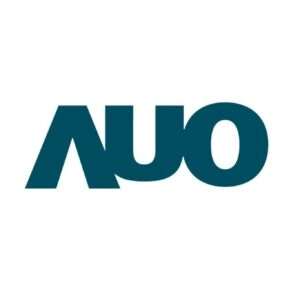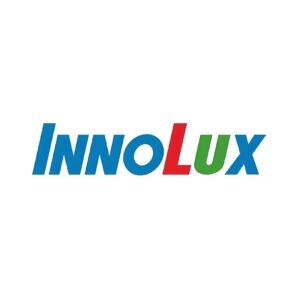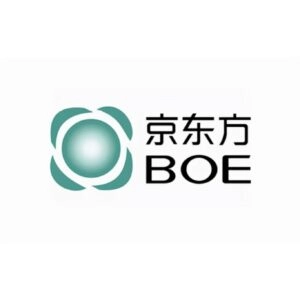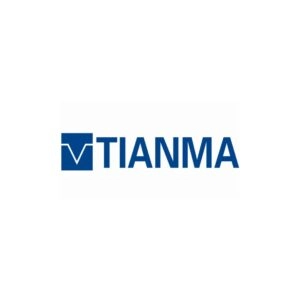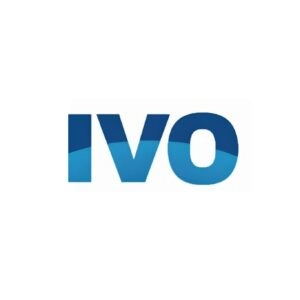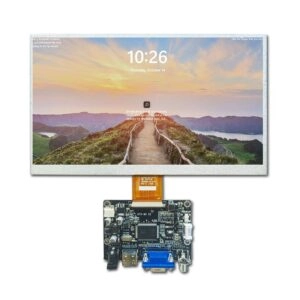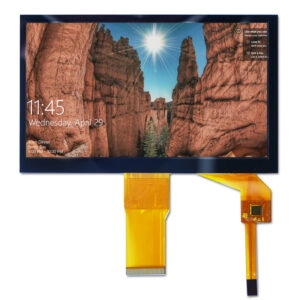What are Flexible Displays?
Flexible displays are unique. They can bend, fold, and twist. They don’t break. They keep working fine. Unlike stiff screens, these displays are very adaptable. They can fit different shapes and surfaces. This bendability makes them perfect for many uses. These include foldable phones, wearable gadgets, and signs. Their ability to stay functional while being shaped sparks new ideas. It improves how we use electronics.
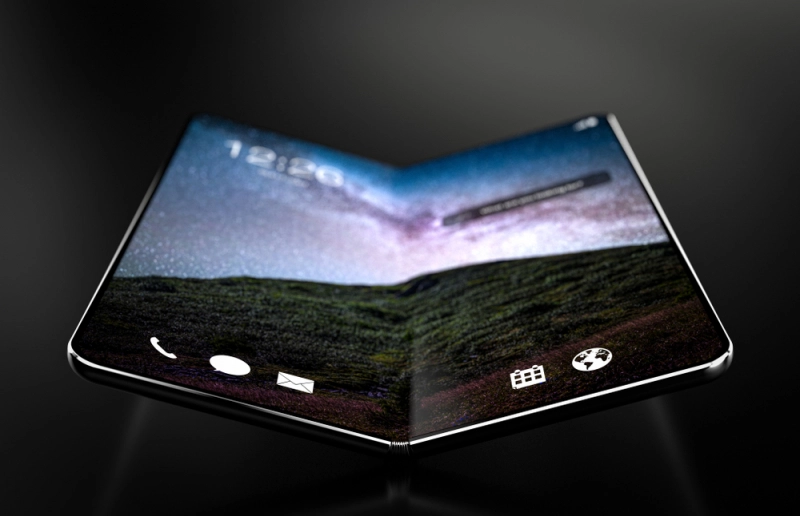
Technological Overview
Flexible displays use high-tech materials. These include OLEDs and Ultra-Thin Glass (UTG). They create screens that bend, fold, or roll. They stay tough and work well. These technologies make lively devices. The devices are lighter and easier to carry. They also offer new shapes and designs.
Types of Flexible OLED Screens
Overview
Flexible OLED screens have changed how we use our gadgets. They come in different kinds based on how bendy they are and what they can do.
Bendable Display Screens
Bendable screens are the first type of flexible OLEDs. They’re built on a bendy base, usually made of polyimide. These screens are a bit flexible, but users can’t bend them themselves. Instead, companies shape them during manufacturing. This tech is used in fancy smartphones, like Samsung’s edge-type Galaxy phones and Apple’s newest iPhones. It gives a smooth, curved look without hurting the screen’s quality.
Foldable Display Screens
Foldable screens are the next step in flexible OLED tech. Unlike bendable screens, users can fold these themselves. This has led to foldable smartphones, which got popular starting in 2019. Foldable screens need a few key parts:
OLED Panels: These are made of thin organic stuff between two conductors. They light up when electricity runs through them.
Protective Layers: These include bendy glues, smudge-proof outer layers, and a plastic polyimide (PI) film that handles high heat.
Hinge Mechanism: This part locks the phone in folded or open positions, often using gears that fit together.
Ultra-Thin Glass (UTG): This is a big improvement. It stays flexible but feels clear and smooth like regular glass.
Rollable and Stretchable OLEDs
Rollable OLEDs are the next big thing in flexible screens. They can roll up like a scroll. This makes devices smaller and more useful. These screens aren’t common in stores yet, but they’re coming soon. They’ll allow devices that can roll up.
Stretchable OLEDs are still being worked on in labs. They could shape to tricky forms or even go into clothes. This opens up new ideas for wearable tech and unique gadget designs.
Manufacturing Processes
Roll-to-Roll Manufacturing
This method makes flexible displays on a rollable base. It allows nonstop production. This cuts costs. It also makes production easier to scale up. Roll-to-roll is great for big manufacturing needs.
Printing Technologies for Flexible Displays
Methods like inkjet printing place organic materials precisely on bases. This ensures even coverage across the screen. It supports complex designs needed for modern flexible displays.
Flexible displays are a big leap in technology. They offer bendability without losing performance or toughness. As companies keep improving, their uses will grow. These include fields like healthcare, car design, ads, and more.
Applications of Flexible Displays
Consumer Electronics
Flexible displays have changed gadgets. They open new design options. They improve user experiences. Devices like phones and tablets now have foldable or curved screens. These make them easy to carry. They’re also compact. Wearables like smartwatches and fitness bands use flexible screens too. These fit the wrist well. They’re comfy and stylish. This bendability drives new ideas. It pushes past old stiff screens.
Automotive Displays
The car industry is using flexible displays. They improve function and style. Dashboard screens can curve around the interior. This creates a more engaging experience for drivers. Rearview mirrors and heads-up displays (HUDs) are clearer and safer. Passengers enjoy infotainment systems. These adjust to different angles. This ensures great viewing from any seat.
Healthcare and Medical Devices
In healthcare, flexible displays are transforming care. Wearable health monitors with bendable screens fit snugly on the body. They give accurate health data all the time. Portable devices like flexible e-readers make patient records easier to manage. Foldable diagnostic tools are light and tough. They’re easy to clean, improving medical tasks.
Advertising and Signage
Flexible displays are reshaping ads and signs. They can fit curved or uneven surfaces. This allows creative ad placements that grab attention. In stores, these screens make product displays lively. They engage shoppers well. Outdoor ads benefit from their weather-proof features. Their bright visuals stand out.
Other Emerging Applications
Flexible displays are popping up in many fields. In fashion, wearable screens are added to clothes and accessories. They give a futuristic look. Aerospace uses them in cockpit tools and passenger entertainment. This cuts weight while adding function. Education uses these screens for interactive learning tools. They also help show data clearly.
Advantages of Flexible Displays
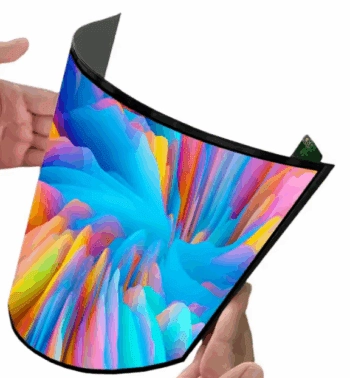
Durability and Robustness
Flexible displays are tougher than glass ones. They use materials like plastic or OLEDs. These resist breaking. This toughness is great for devices that get dropped or handled a lot, like phones.
Design Flexibility
These displays allow creative designs. Makers can build foldable, rollable, or curved devices. For example, foldable phones switch from small phones to bigger tablets easily.
Lightweight and Thin Form Factors
Flexible displays are lighter and thinner than old screens. This makes them perfect for wearables like smartwatches. Comfort matters during long use.
Energy Efficiency
Flexible displays save power. Using OLED technology cuts energy use compared to LCDs. OLEDs make their own light. They don’t need a backlight.
Challenges and Limitations of Flexible Displays
Technical Challenges
Toughness is still a worry. Flexible screens must handle repeated bending. They can’t lose performance. Finding materials that resist stress is key for long-term use.
Production Costs
Flexible displays cost more to make than regular screens. High-tech materials like OLEDs raise expenses. These costs often reach buyers.
Market Acceptance and Adoption
Flexible displays have unique perks. But some doubt their reliability. Few devices use them. This slows their widespread use. People want proof they work well in real life.
Market Players
Samsung
Samsung is a leader in flexible display tech. Its Galaxy Fold series shows innovation. It uses foldable screens with Ultra-Thin Glass (UTG). Samsung’s focus on quality makes it a top player.
LG
LG shines in OLED technology. It’s used in TVs, phones, and car displays. Its Rollable OLED TV shows how bendability can change home entertainment. The screen rolls away when not needed.
보인
BOE Technology Group makes OLED panels. These are for phones, wearables, and car screens. Their products are high-quality but affordable. BOE helps push flexible display use worldwide.
Miqidisplay Flexible Displays Solution
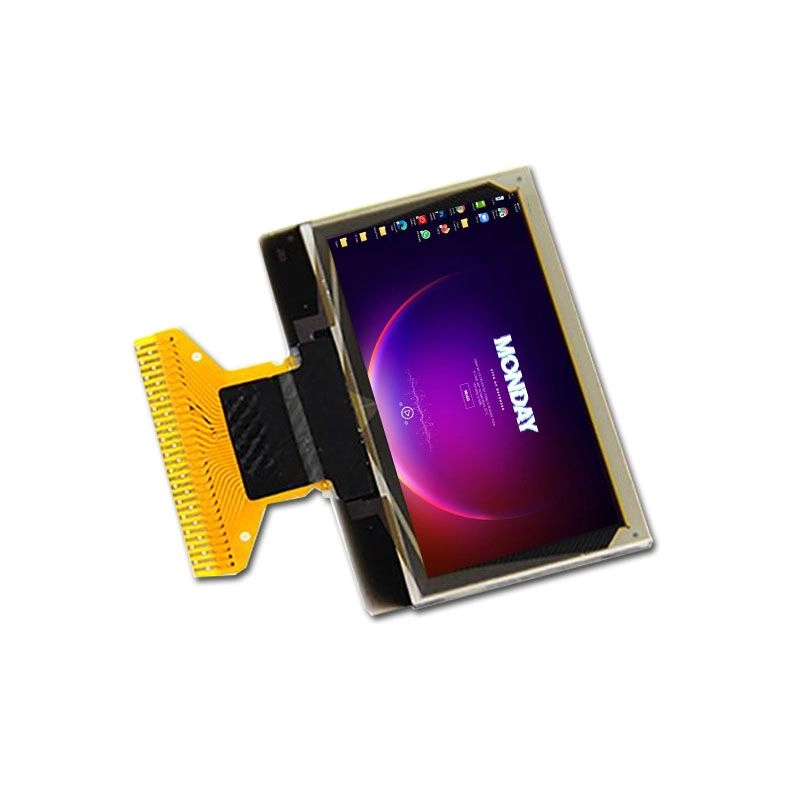
미키디스플레이 offers top-notch solutions for flexible displays. They have over 20 years of experience. They customize LCDs for many industries. These include medical care, car consoles, and industrial controls. They provide custom solutions that fit each client’s needs.
Their medical-grade surgical monitors have 1000-nit brightness. They use antibacterial glass. This keeps hygiene high during surgeries. Car console displays use sunlight-readable TFT technology. They work well in tough conditions. They ensure clear views for driver safety.
Industrial-grade Human-Machine Interfaces (HMIs) have IP67-rated coatings. They include M12 connectors. These ensure steady work in dusty or wet places. These innovations show Miqidisplay’s dedication. They deliver strong display solutions. These meet client needs exactly. They follow global standards like ISO-9001 and TS-16949.
미키디스플레이 uses advanced research skills. They have strict quality checks. These include many inspections before shipping. This ensures smooth use in many applications. These range from security systems needing clear, bright visuals to custom designs for specific projects.
This full approach makes Miqidisplay more than a maker. They’re a trusted partner. They turn big ideas into real products. They use state-of-the-art, customizable display tech.
